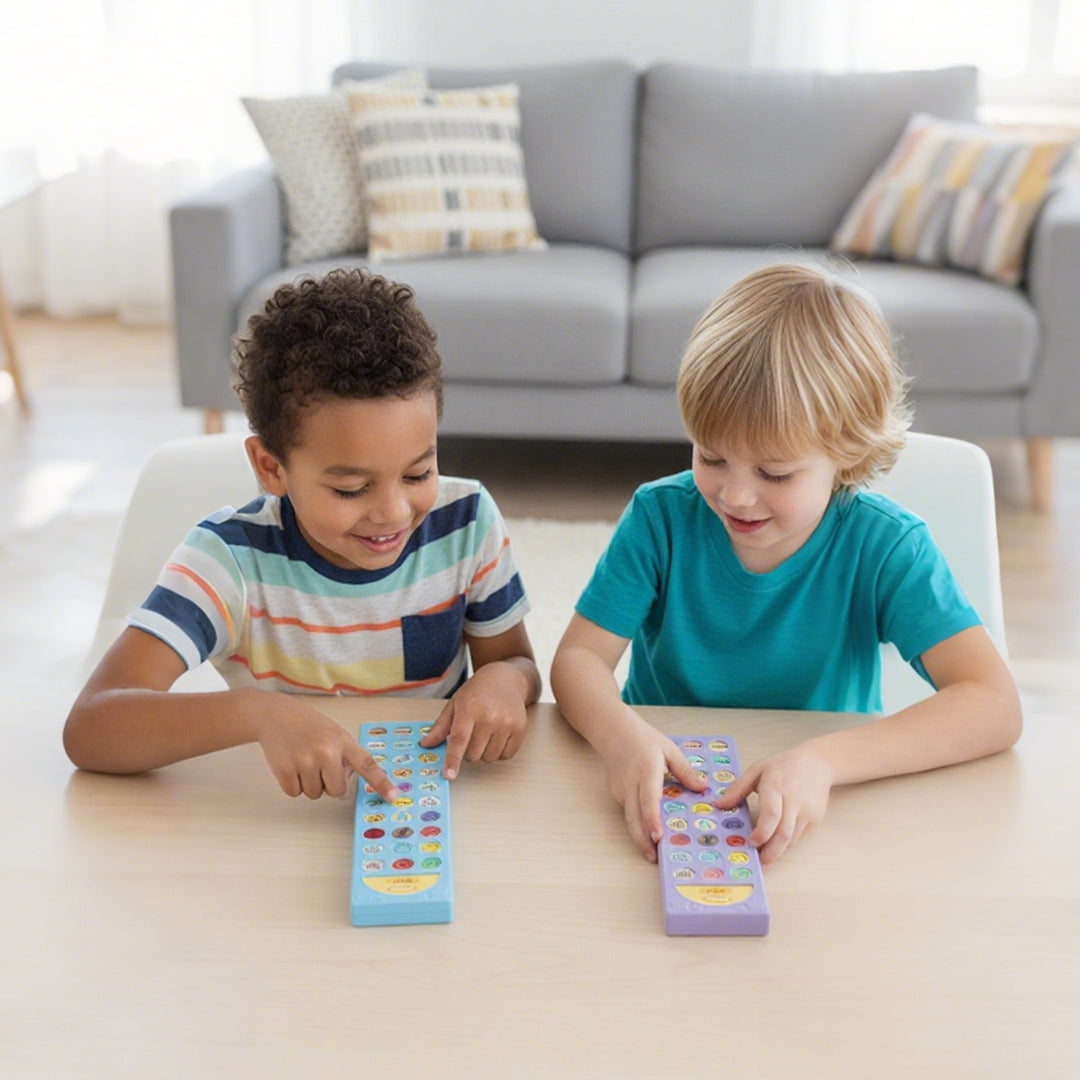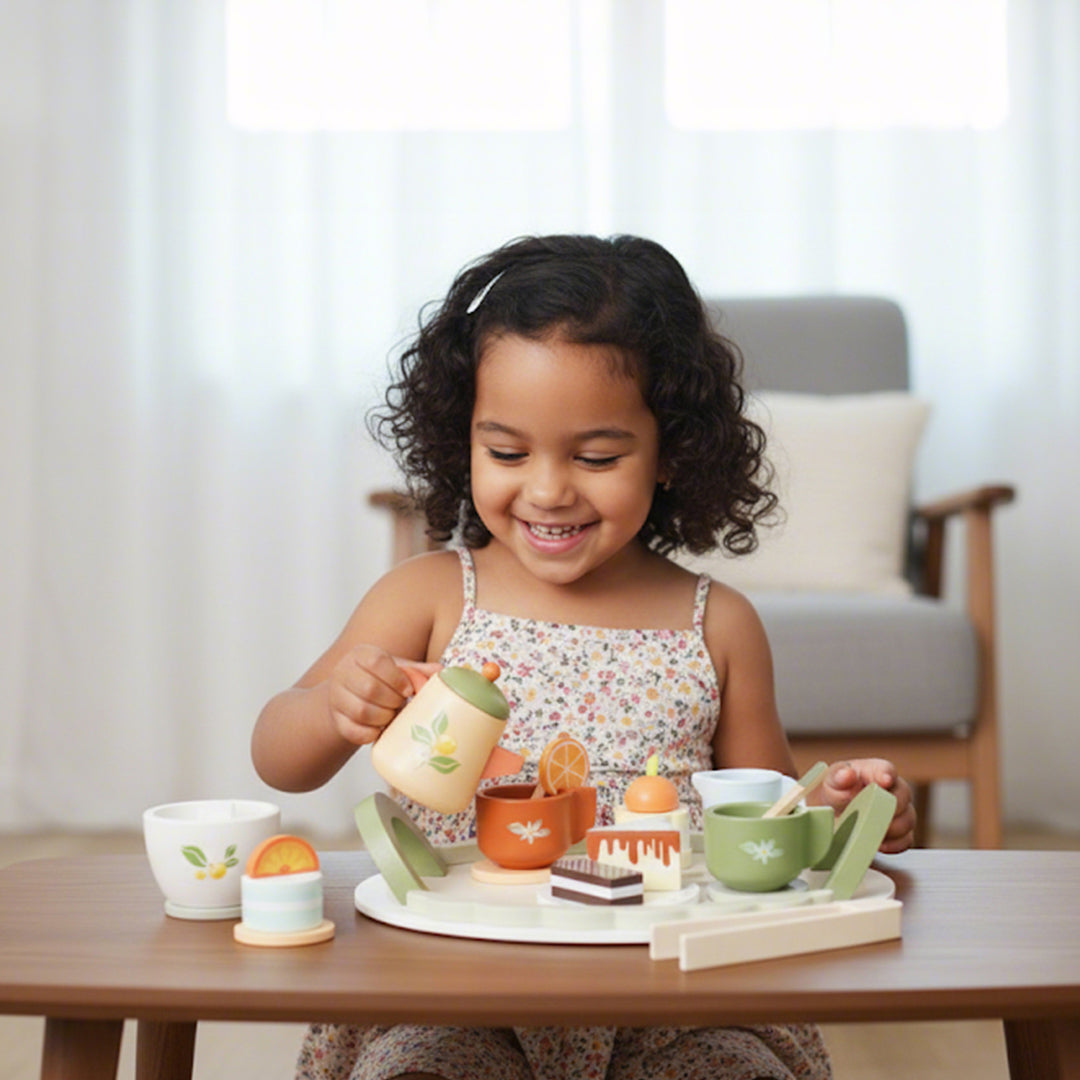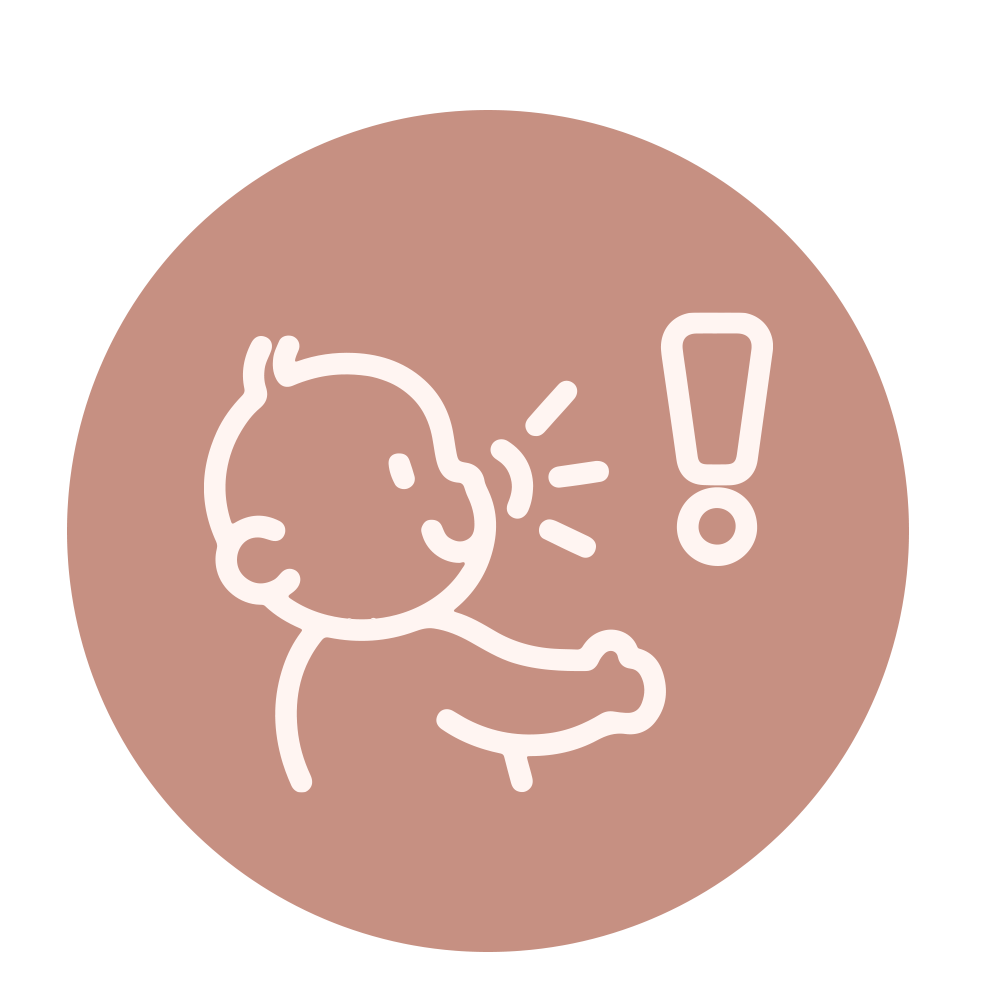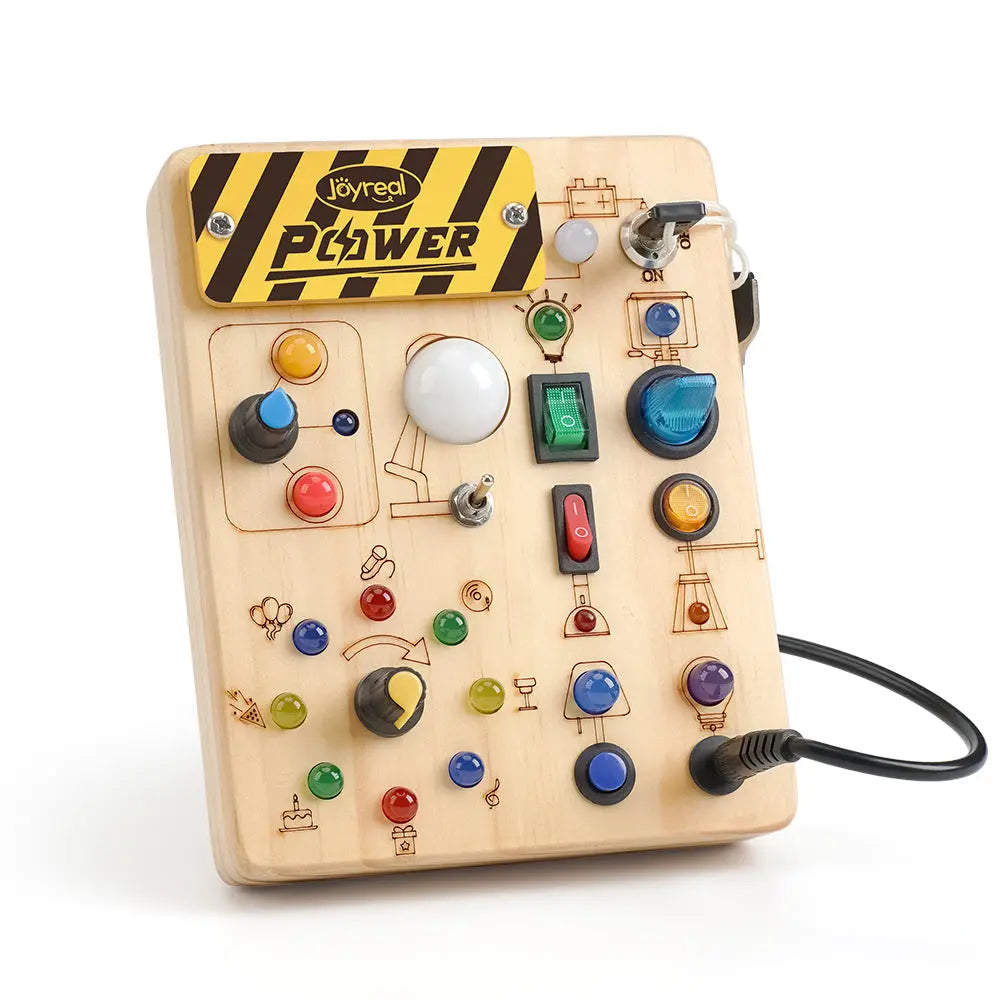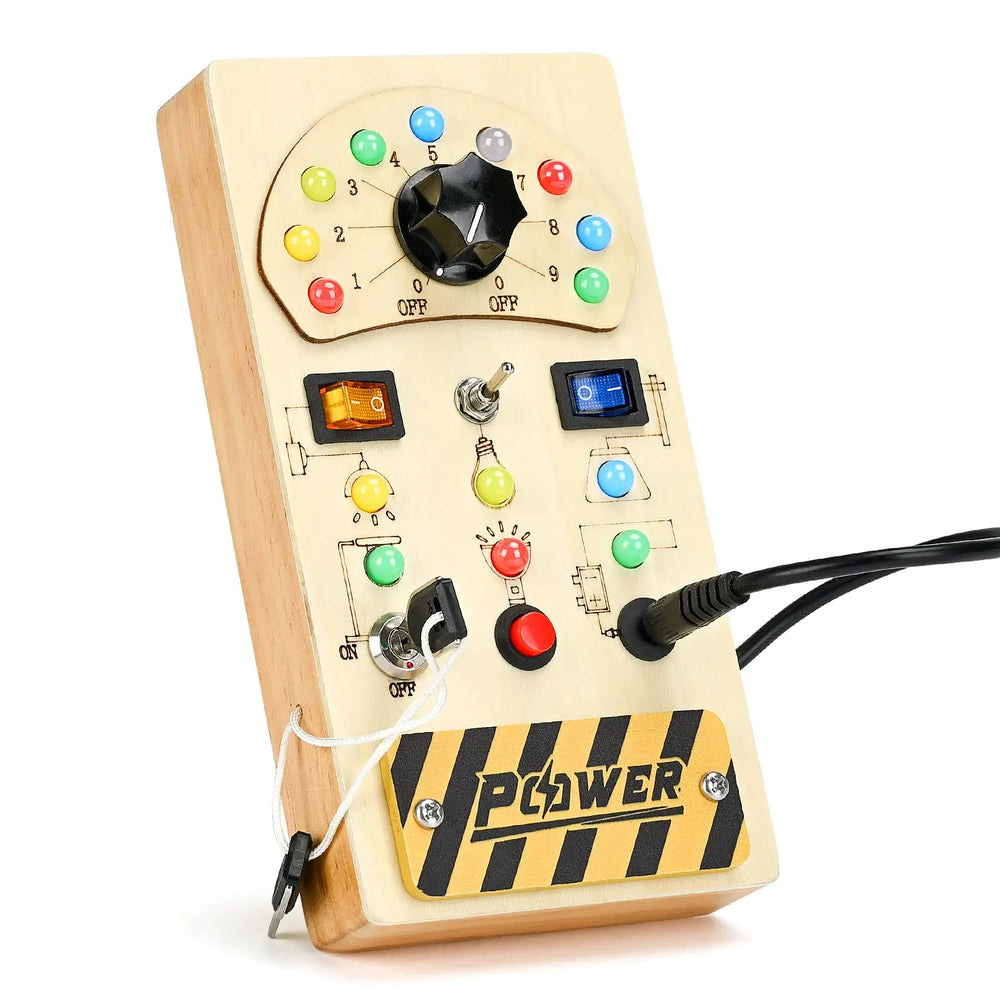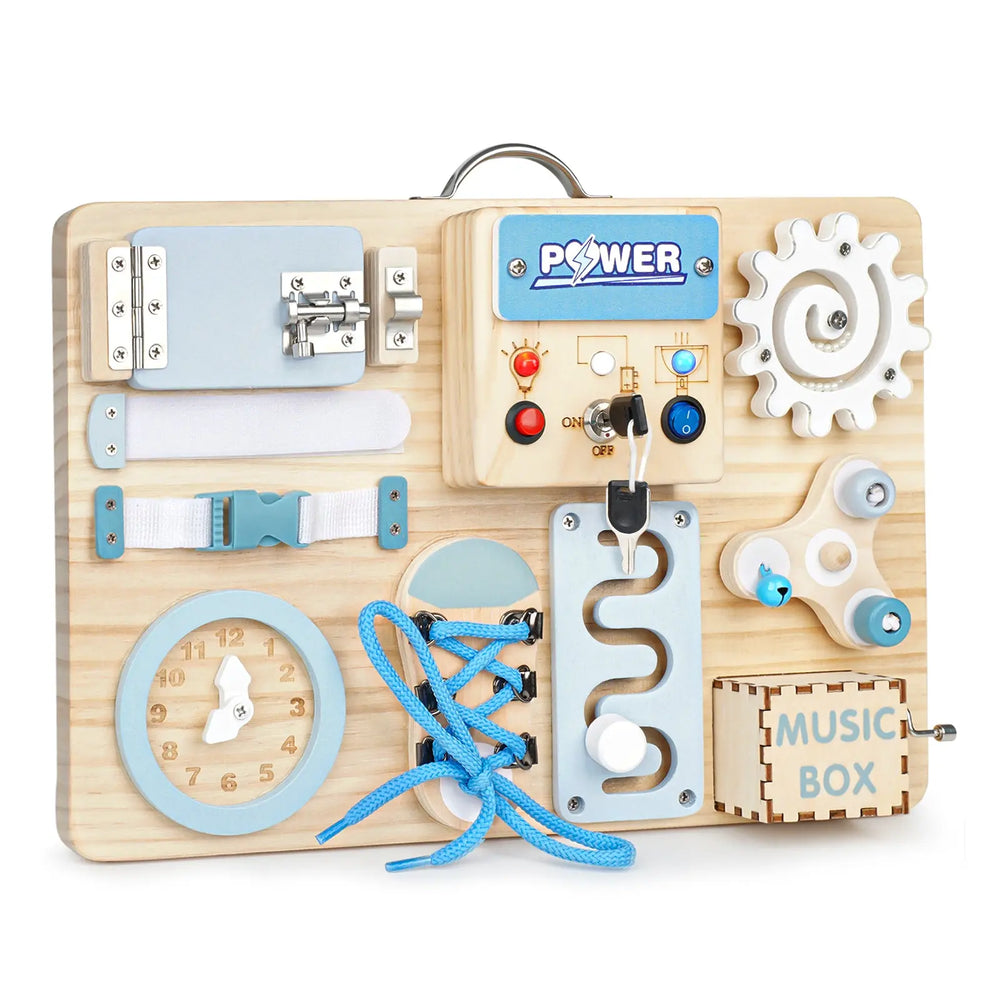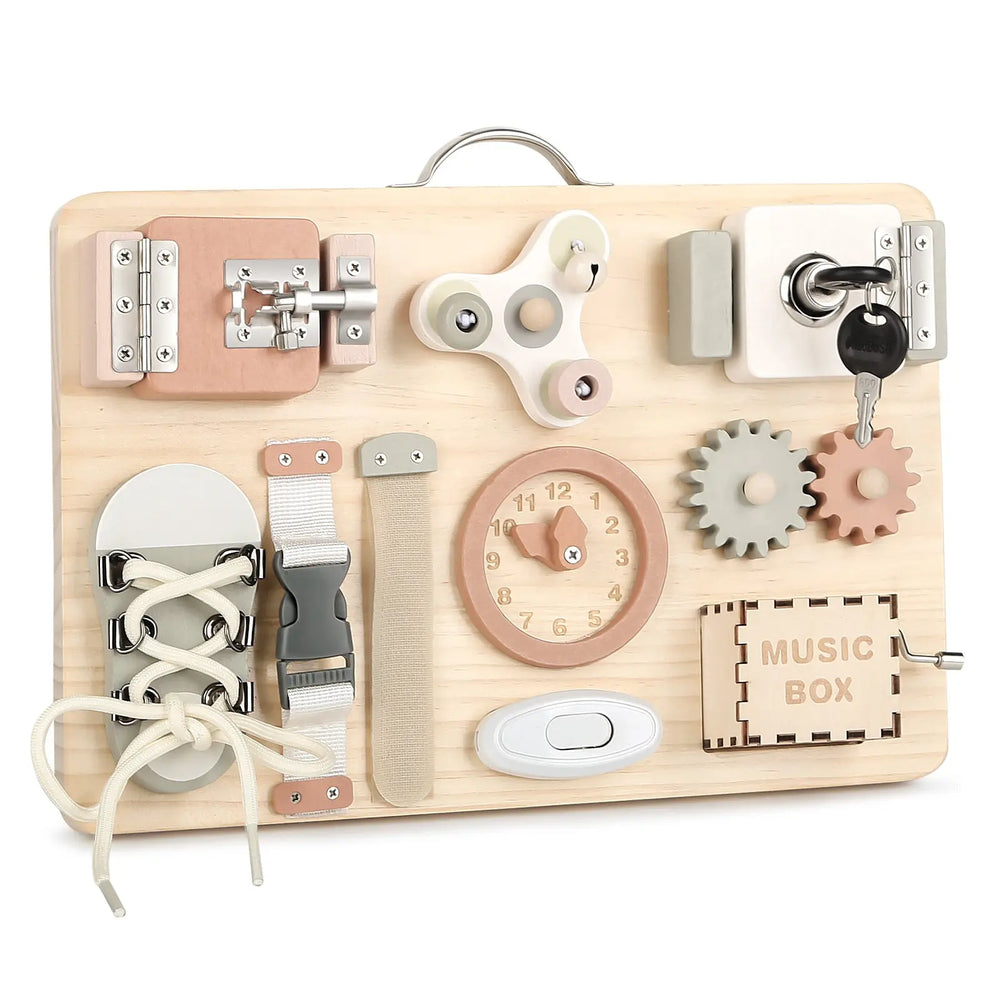Are there Affordable Alternatives to Montessori toys?
 Why Are Montessori Toys So Expensive?
Why Are Montessori Toys So Expensive?
Montessori toys have surged in popularity among parents and educators seeking to foster independence, creativity, and cognitive development in children. Yet, their price tags often raise eyebrows. Why do these simple wooden puzzles or sensory bins cost so much more than conventional plastic toys? Let’s unpack the reasons behind the expense.
1. High-Quality, Natural Materials
Montessori toys prioritize natural materials like solid wood, organic cotton, and non-toxic dyes. These materials are sustainably sourced, eco-friendly, and free from harmful chemicals. For example, sustainably harvested wood costs more than mass-produced plastic, which relies on cheaper petroleum-based resources. Organic fabrics and water-based paints also add to production expenses but ensure safety and environmental responsibility.
2. Artisan Craftsmanship & Small-Batch Production
Many Montessori toys are handcrafted or produced in small batches by specialized artisans. Unlike factory-made plastic toys churned out by the millions, these items require meticulous attention to detail. Smaller production scales mean higher per-unit costs, but they also ensure uniqueness and durability. Hand-sanded edges or custom designs are labor-intensive but contribute to the toy’s longevity.
3. Rigorous Safety Standards
Montessori toys often adhere to strict safety certifications, such as ASTM (American Society for Testing and Materials) or EN71 (European toy safety standards). Testing for lead-free finishes, non-toxic paints, and choking hazards increases production costs. Brands may also pursue organic or Fair Trade certifications, which involve audits and fees but reassure parents of the product’s ethical and safe origins.
4. Educational Design & Research
These toys aren’t just playthings—they’re learning tools. Montessori principles emphasize developmental milestones like fine motor skills, problem-solving, and sensory exploration. Designing toys that align with these goals requires collaboration with child development experts. The R&D invested in creating purposeful, age-appropriate toys adds to their cost compared to generic, entertainment-focused alternatives.
5. Ethical Labor Practices
Ethical manufacturing is a cornerstone of many Montessori brands. Fair wages, safe working conditions, and environmentally responsible practices are prioritized over cheap labor. While this raises production costs, it aligns with the values of conscious consumers who want their purchases to support humane treatment of workers.
6. Long-Term Durability
Montessori toys are built to last. A wooden stacking tower can endure years of play and even be passed down to siblings, whereas plastic toys often crack or break quickly. The higher upfront cost may save money over time, reducing the need for frequent replacements.
7. Branding & Aesthetic Appeal
The Montessori name carries weight. Brands leverage this educational philosophy’s reputation to justify premium pricing. Additionally, minimalist, aesthetically pleasing designs cater to modern tastes, requiring skilled craftsmanship and design expertise.
Cost Comparison Example:
| Feature | Montessori Toy (Wooden Puzzle) | Conventional Toy (Plastic Puzzle) |
| Materials | Solid hardwood, non-toxic paint | Plastic, possible chemical odors |
| Lifespan | 10+ years | 1–2 years (breaks easily) |
| Resale Value | High (refurbishable) | Low (often discarded) |
| Environmental Impact | Biodegradable/recyclable | Landfill waste |
Are They Worth the Investment?
Whether Montessori toys are worth the investment depends on your priorities—educational value, longevity, and child development versus upfront cost.
Reasons They’re Worth It
1. Long-Term Savings
- Fewer toys needed due to durability (last decades) and open-ended play.
- Resale value remains high (e.g., Grimm’s, Lovevery resell for ~60%+ of original price).
2. Educational Benefits
- Supports developmental stages (e.g., sensorial exploration, fine motor skills, concentration).
- Reduces overstimulation compared to electronic/noisy toys, fostering independent play.
3. Safety & Sustainability
- Non-toxic materials reduce health risks (e.g., endocrine disruptors in plastics).
- Eco-friendly production aligns with conscious consumerism.
4. Focus Over Quantity
- Montessori principles encourage deep engagement with fewer, high-quality items.
- Less clutter → more creativity and organization skills.
When They Might Not Be Justified
1. Budget Constraints
- High upfront cost is prohibitive for some families.
- Alternatives exist (DIY sensory bins, thrifted wooden toys).
2. Child’s Preferences
- Some kids enjoy electronic or character-themed toys more.
- Not all Montessori toys guarantee engagement (observe your child’s interests).
3. Overemphasis on “Authenticity”
- Some brands inflate prices due to the "Montessori" label without added value.
- Research is key—compare cheaper brands like Melissa & Doug or Hape for similar benefits.
Are there Budget-Friendly Montessori Toy Options?
While Montessori toys are often pricey, there are affordable alternatives that uphold the philosophy’s core principles—natural materials, purposeful design, and child-led learning. The key is to prioritize quality over quantity and seek brands that balance cost without compromising safety or educational value.
Joyreal Montessori Busy Boards: A Cost-Effective Choice

The Joyreal Montessori Busy Board collection (linked in your query) is a great example of budget-friendly Montessori-inspired toys. Here’s why:
-
Affordable Pricing
Joyreal’s busy boards are priced lower than many artisanal Montessori brands while still emphasizing key developmental skills like fine motor coordination, problem-solving, and sensory exploration.
-
Quality Materials
These boards use child-safe materials such as smooth, sanded wood and non-toxic finishes, aligning with Montessori’s preference for natural, durable resources over plastic.
-
Developmental Focus
Designed for toddlers aged 1–5, Joyreal’s boards include latches, zippers, and knobs that mimic real-life tasks, fostering independence and practical life skills—a hallmark of Montessori learning.
-
Free Shipping & Returns
Joyreal offers free shipping and a 30-day return policy, reducing financial risk for parents testing Montessori toys for the first time.
Why Joyreal’s Busy Boards Stand Out
While not a traditional Montessori brand, Joyreal’s busy boards encapsulate the method’s ethos:
- Simplicity: Minimalist design avoids overstimulation.
- Skill-Building: Activities like buttoning, zipping, and lacing prepare kids for real-world tasks.
- Safety: Rounded edges and non-toxic materials prioritize child safety.
Other Ways to Save on Montessori Toys
1. DIY Montessori Toys
Repurpose household items:
- Use muffin tins for sorting pom-poms or buttons.
- Create sensory bins with dried rice, beans, or pasta.
- Make a “practical life” station with old locks, keys, or fabric swatches.
Learn more about DIY Montessori Toys:https://joyrealtoys.com/blogs/news/diy-busy-board-a-guide-to-making-your-own
2. Secondhand & Swap Markets
- Check platforms like Facebook Marketplace, eBay, or local parent groups for gently used Montessori toys. Many wooden toys withstand years of play!
3. Multi-Purpose Toys
- Invest in open-ended toys like wooden blocks or play silks that grow with your child and adapt to various learning stages.
Final Thoughts
The cost of Montessori toys reflects a commitment to quality, safety, and ethical values. While they may not fit every budget, their durability and developmental benefits offer lasting value. For parents prioritizing sustainability and purposeful play, the investment often speaks for itself.
Maybe it will be helpful for you:
Recent Post
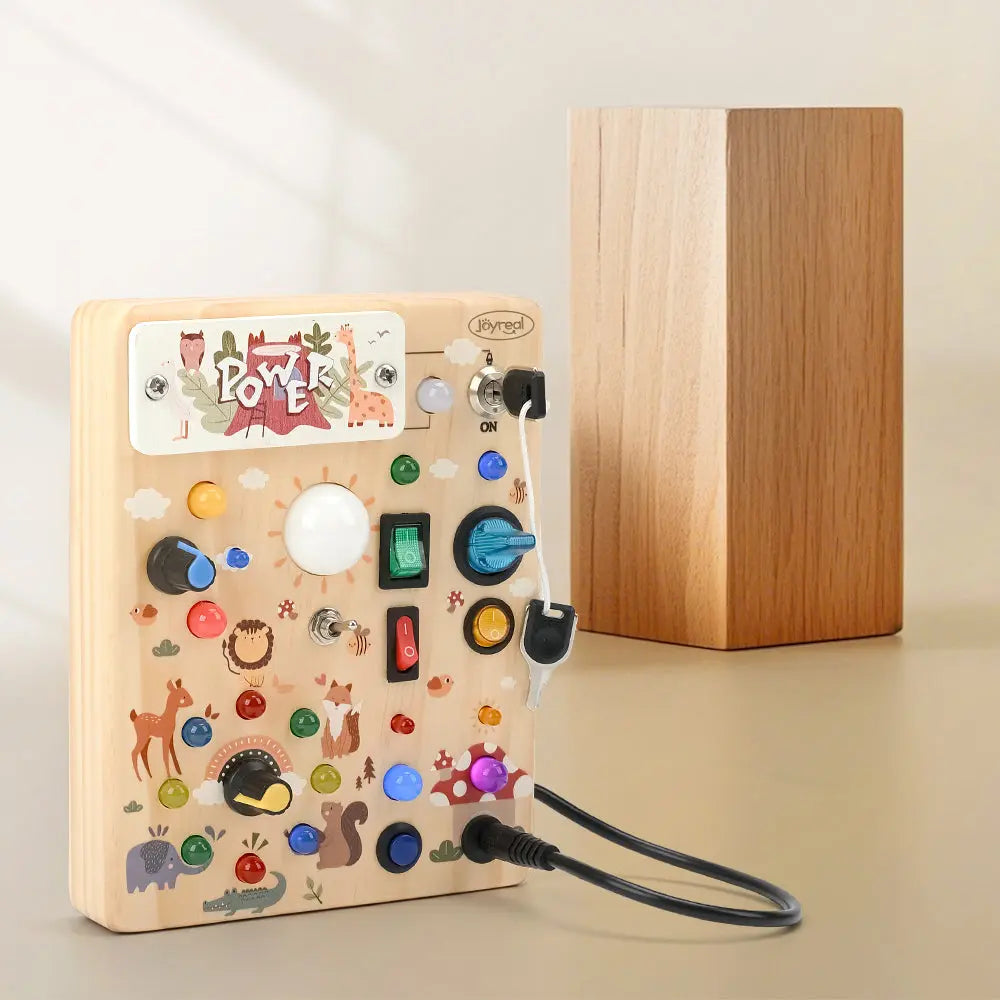
Montessori wooden toys benefits: A complete guide for toddlers' learning
Looking for a simple yet powerful way to support your toddler’s gr...
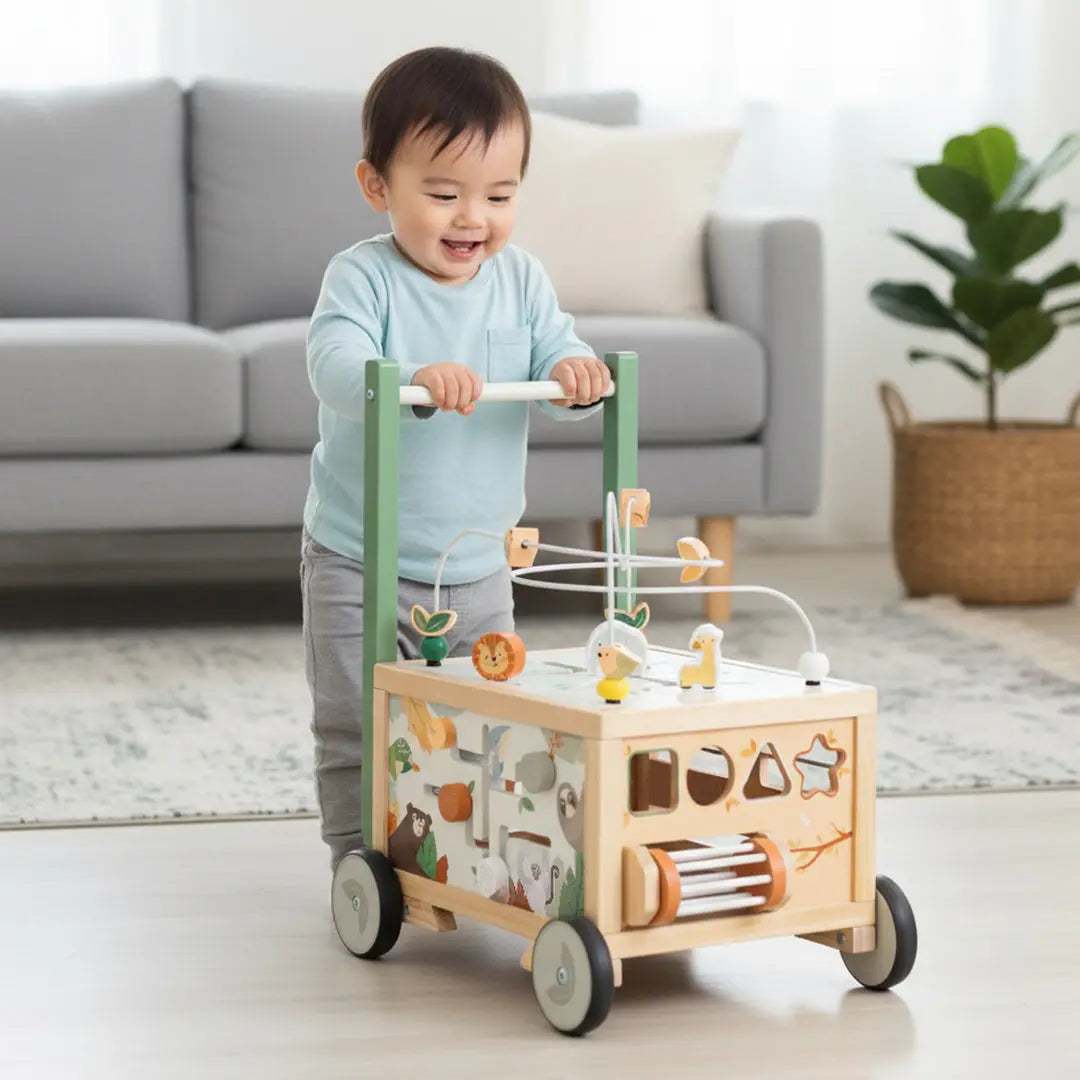
Best Adjustable Speed Baby Walker for Toddler Development
Looking for the perfect way to support your toddler’s first steps w...
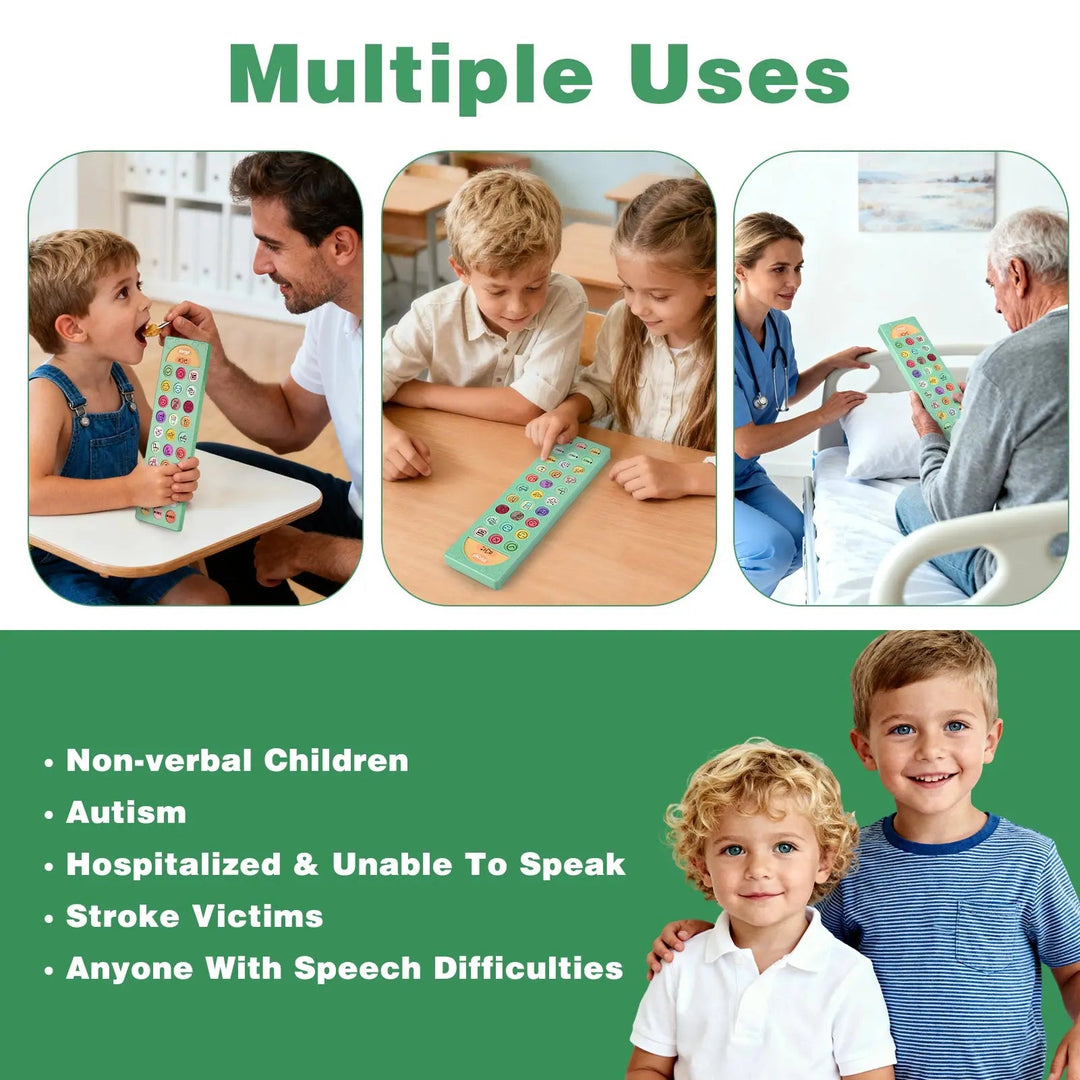
What Age Range Is the Joyreal AAC Device for?
When someone struggles to speak or express their thoughts, a goo...

Is There a Right Age for AAC Devices?
Why “Age” Matters When Choosing the Right AAC Device AAC (Augmenta...
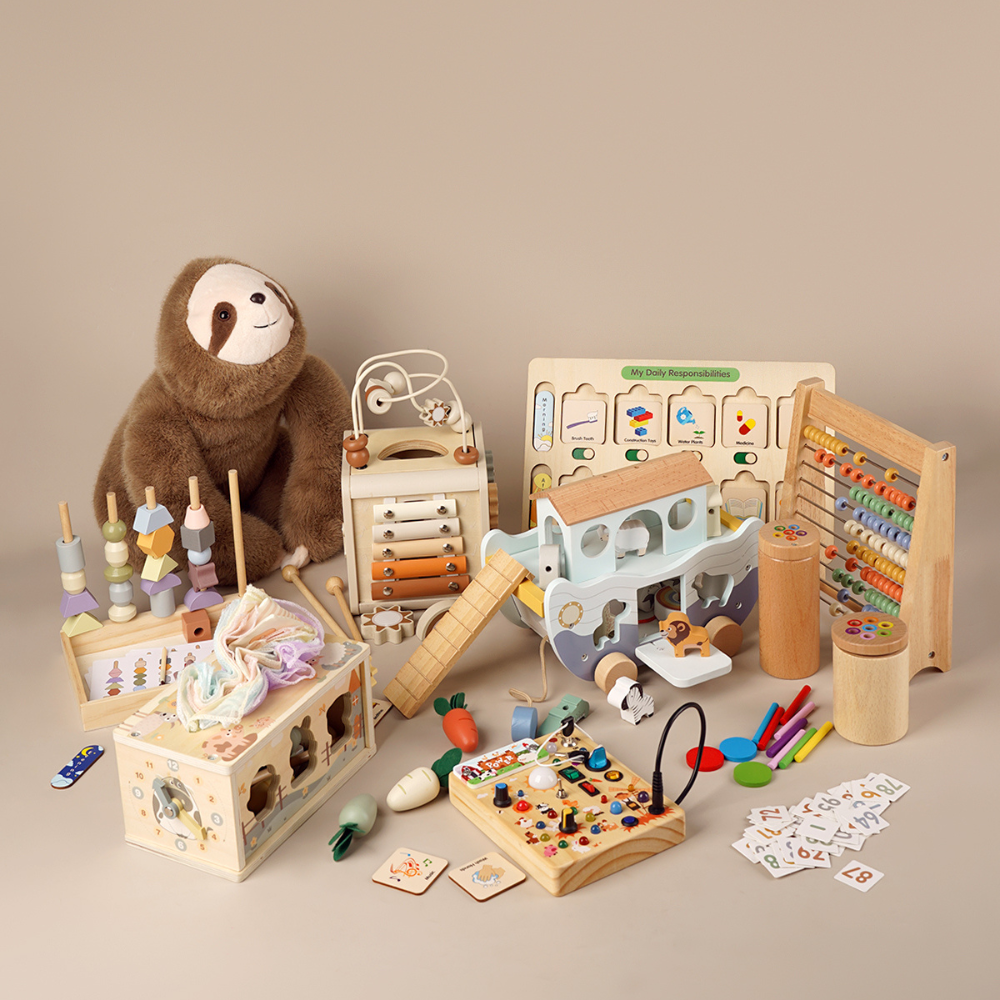
Montessori Busy Board & Noah’s Ark: Perfect Holiday Gifts
A Parent’s Wish: Turning Frustration into Discovery Every parent kn...
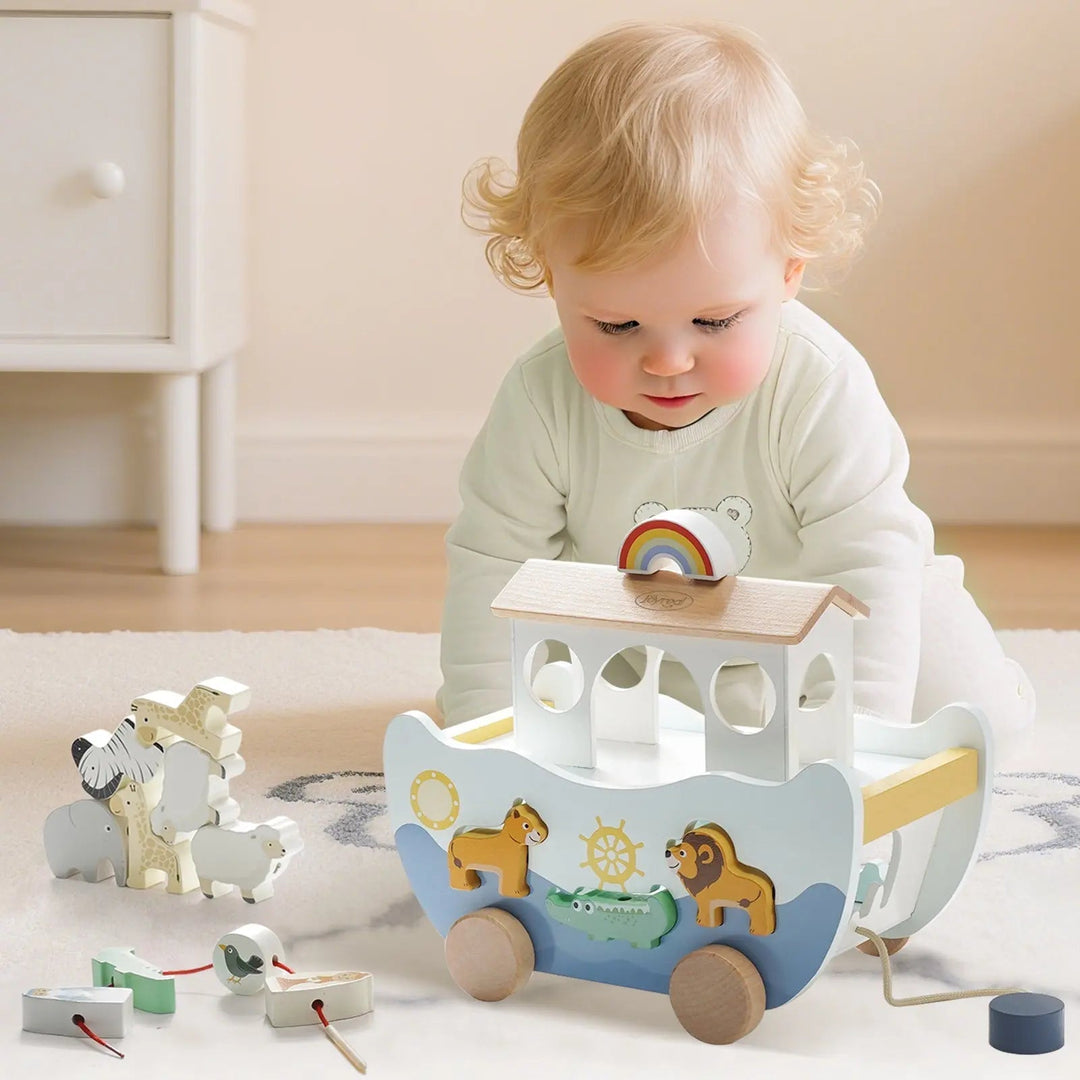
Noah’s Ark Toy: Building Skills Through Play
Why Choose the Noah’s Ark Toy? This isn’t just another matching gam...

Montessori Wooden Toys: Creative Learning with Mini Dollhouse Kits
Unlocking Creativity Through Hands-On Play Children learn best whe...

Dispositivos AAC para Autismo y Comunicación Alternativa
¿Sabías que un dispositivo de comunicación aumentativa y alternativ...

Montessori Wooden Toys: Choose Baby Walking Toys to Boost Early Skills
A Meaningful Start to Walking Your baby’s first steps are a moment ...
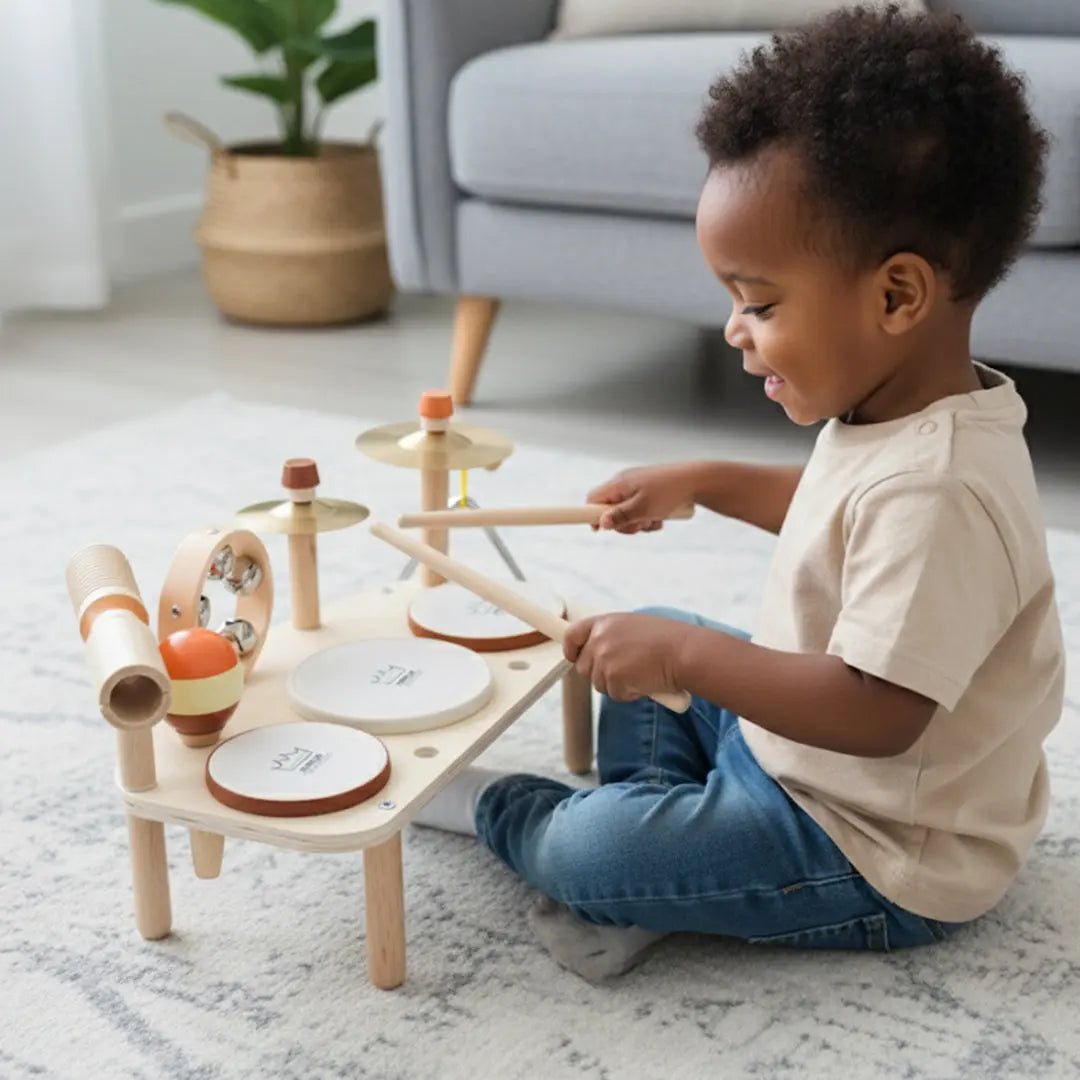
Montessori Music Toys: 7 Benefits for Toddler Development You Need
Montessori music toys are more than delightful playthings—they are ...
